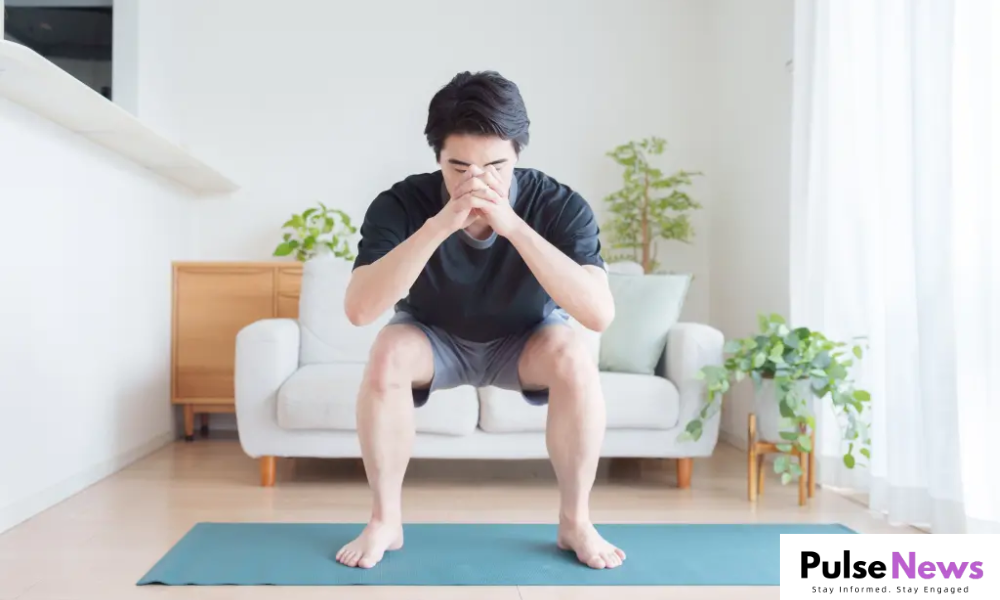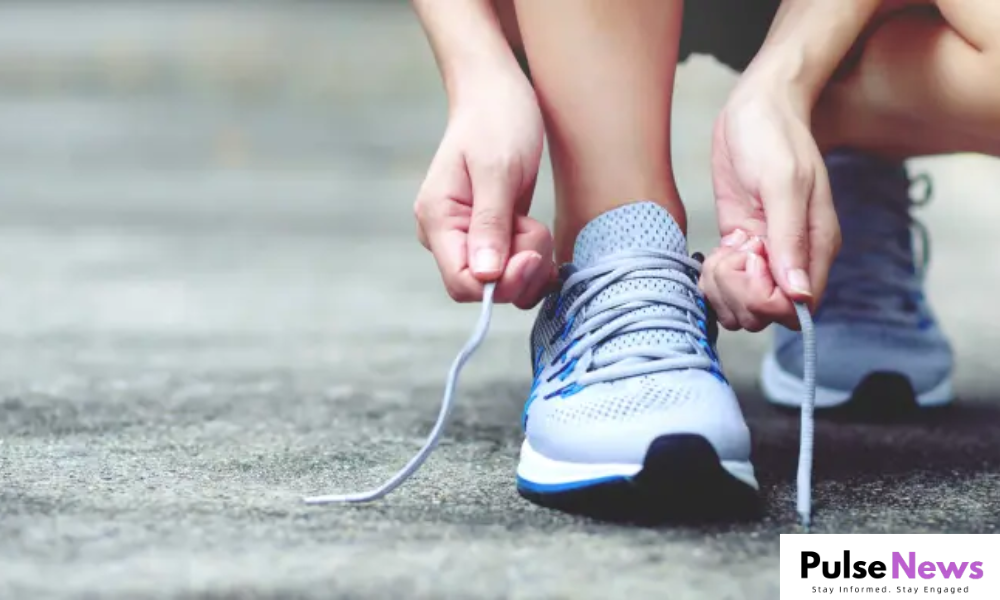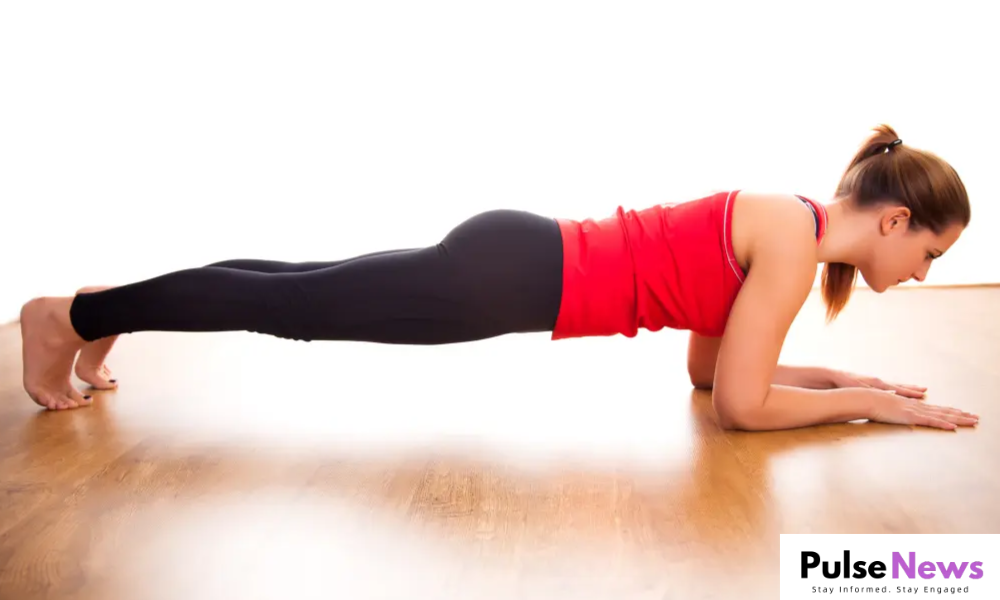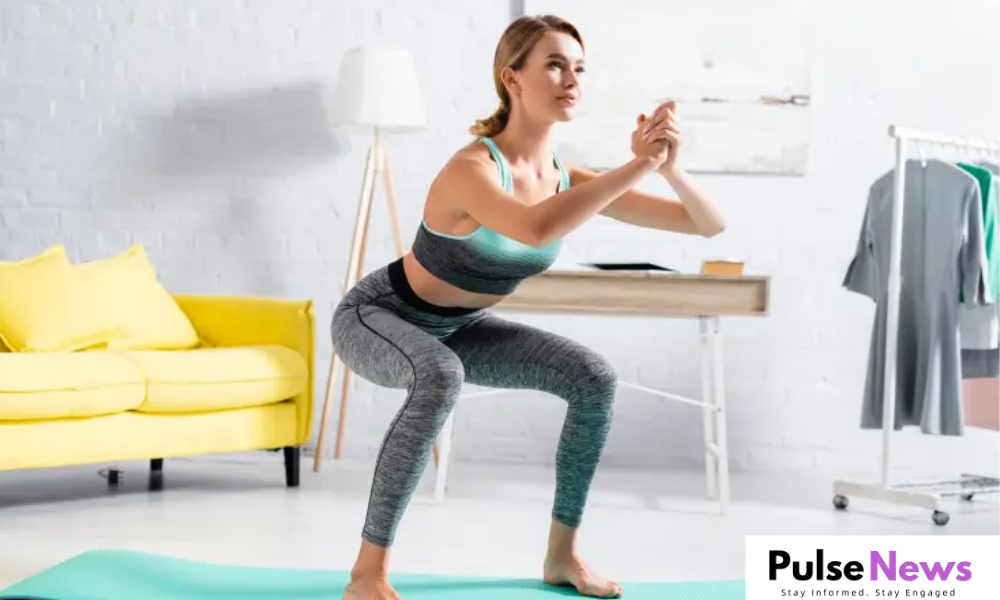Experts suggest that going barefoot during exercises can have significant benefits for your body, particularly for balance, mobility, and collaboration. It’s not about showing off, but about bettering your posture and bottom health.
Benefits of Going Barefoot in Workouts
numerous podiatrists, coaches, and orthopedic surgeons recommend going without footwear while exercising.” Going barefoot offers a number of benefits for balance, mobility, and collaboration,” says Nick Clayton, particular training program director for the National Strength and Conditioning Association.
According to Clayton, exercising without shoes helps spark your glutes and core, perfecting stability and strengthening the deep muscles that stabilize the bottom, which in turn benefits the ankles, knees, hips, and back.

Perfecting Movement and Stability
Functional podiatrist Emily Splichal explains that when you stimulate the jitters in your bases, you ameliorate your understanding of what you are standing on and how you are stepping. This increased mindfulness can lead to better overall movement, especially during exercises like syllables.
“ For case, in a thickset, with shoes on, it might look and feel good but without shoes, it might feel fully different, ” says Lacee Lazoff, a coach at Performix House. This can allow you to more assess how your hips, knees, or ankles are performing during the movement.
Going barefoot can also help you lift further weight.” You have much more core stability when you’re barefoot, and the advanced your core stability, the further weight you can move during training,” says Splichal.

Boosting Inflexibility
Going barefoot can also enhance inflexibility, especially for aged individualities looking to ameliorate range of stir in their bases and ankles. According to Gregory Alvarez, a podiatrist at Ankle and Foot Centers of America, this lesser range of stir in the bottom and ankle joints leads to bettered mobility, which can profit both diurnal life and exercise.
Reducing Injury Risk

Training barefoot can also reduce the threat of certain bottom and ankle injuries. Alvarez notes that barefoot exercises encourage the body to use natural alignment, which can ameliorate posture, reduce back pain, and enhance overall movement effectiveness.
still, experts advise easing into barefoot running or high- impact conditioning gradationally. Jumping into barefoot running too snappily can lead to injuries like stress fractures, plantar fasciitis, and Achilles tendinitis, says podiatrist Gennady Kolodenker.
When to Wear Shoes
While barefoot training can be salutary for general strength training, toning requires further stability when lifting heavy weights.” It’s easier to balance and much more stable when you wear proper toning shoes with hard soles,” says Mark Rippetoe, a toning trainer.
also, running outdoors barefoot can increase the threat of stepping on commodity dangerous, so it’s recommended to wear shoes for out-of-door runs.












